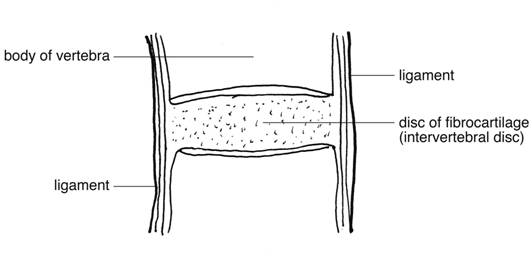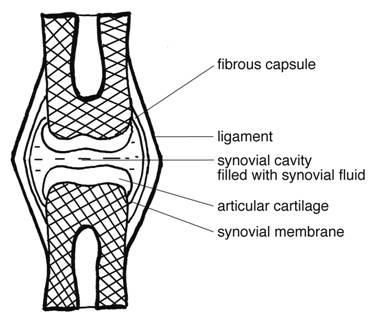Classification of joints
A joint is a site in the body where two or more bones meet. They can be classified according to their function and structure. Functional classification is based on the amount of movement there is between the articulating surfaces, where as structural classification is based on the presence or absence of a joint cavity.
There are three types of joints which are described below.
Fibrous or fixed joints
A fibrous joint or a fixed joint allows no movement at all. The bones are joined together by tough fibrous tissue and there is no joint cavity. Examples in the body include the sutures in the skull.
Image Source - http://www.nln.ac.uk/
(c) LSC
Cartilaginous or slightly movable joints
A cartilaginous joint allows slight movement. The ends of bones, which are covered in articular or hyaline cartilage, are separated by pads of fibrocartilage. Examples include the vertebrae and the pubic bones.
(c) Loughborough College
Types of cartilaginous or slightly movable joints
The above link is an NLN resource - (c) LSC
Synovial or freely movable joints
A synovial joint is a freely moving joint and is the most commonly occurring type of joint in the body. Synovial joints such as the knee, elbow and hip have a number of common features that are outlined below.
(c) Loughborough College
Further information on synovial joints
The above link is an NLN resource - (c) LSC


